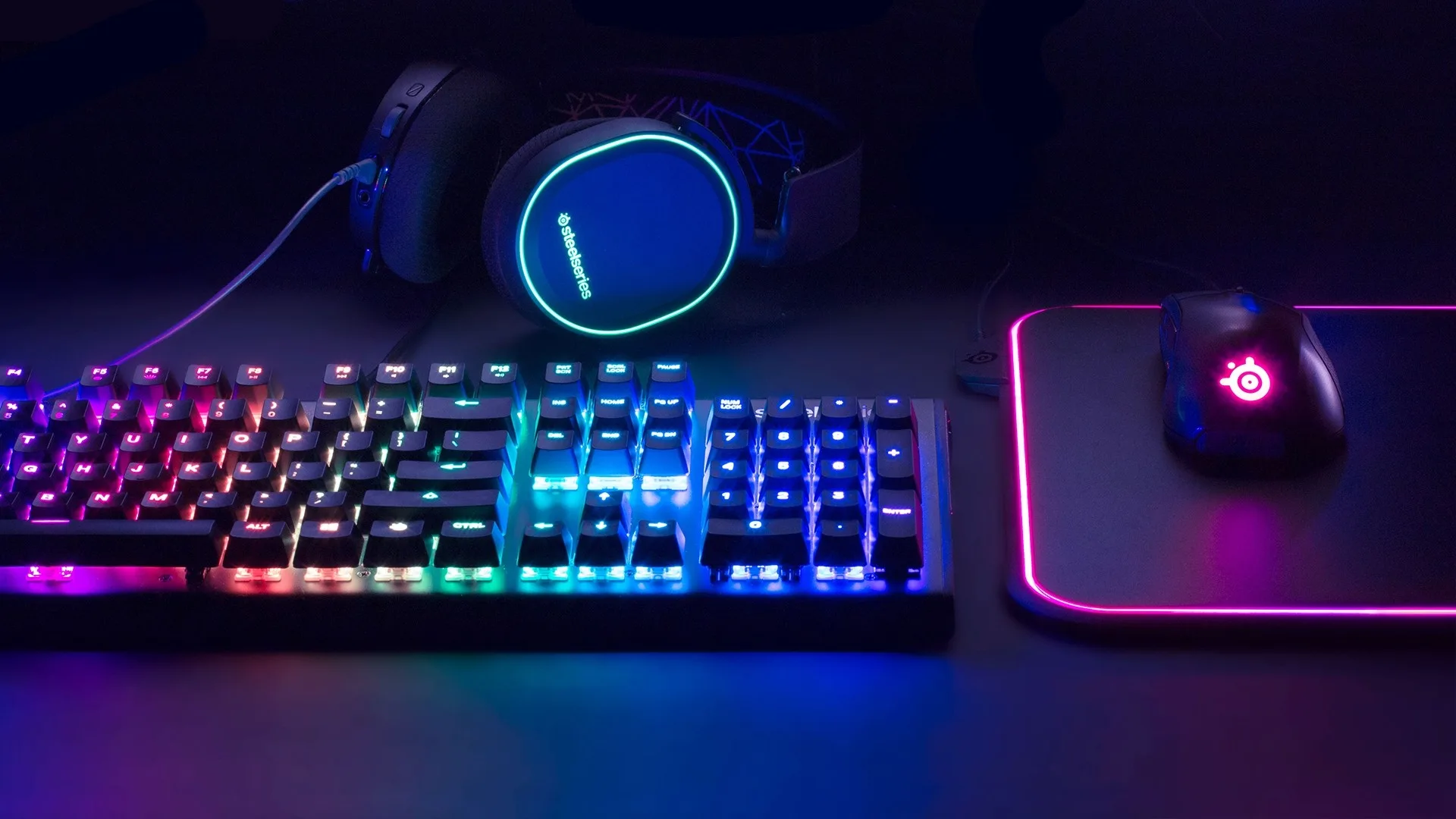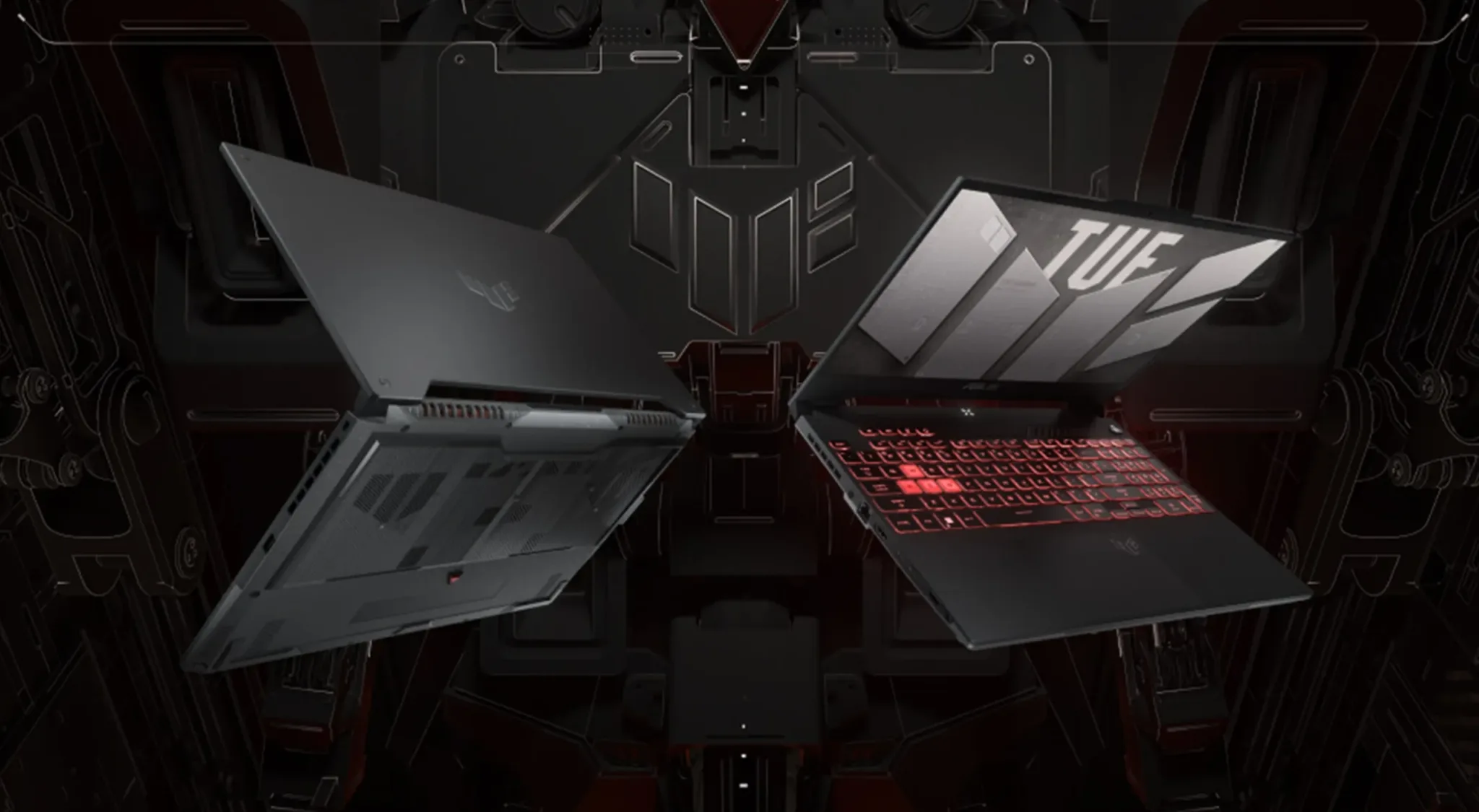What is a computer?
A computer is an electronic device that performs data manipulation and processing. It can process, retrieve, and store information. Computers are commonly known for their ability to perform tasks such as composing papers, sending emails, playing games, and accessing the internet. Moreover, they can also be utilized for creating and editing films, presentations, and spreadsheets.
What is computer hardware?
Computer hardware encompasses the tangible elements of a computer system, regardless of whether it operates in an analogue or digital manner. It stands apart from software, which consists of written instructions that guide the hardware in executing specific tasks. The synergy between hardware and software is crucial for the efficient functioning of a computer. Hardware can be categorized as internal components that are vital for the computer’s operation or external components that are incorporated to enhance its functionalities.
What are internal computer hardware components?
The program or operating system delivers instructions that are collectively processed or stored by the internal components. These internal components encompass the following:
- Motherboard: The motherboard is a crucial component of a computer system, serving as a printed circuit board that houses the central processing unit (CPU) and other essential internal hardware. It acts as the central hub through which all other hardware components communicate and function.
- CPU: Considered as the brain of the computer, the CPU is responsible for processing and executing digital instructions from various programs. Its clock speed plays a significant role in determining the computer’s performance and efficiency in handling data.
- RAM: RAM, also known as dynamic RAM, provides temporary memory storage that allows programs to quickly access information. However, it is important to note that RAM is volatile memory, meaning that the stored data is cleared when the computer is powered off.
- Hard drive: Hard disk drives are physical storage devices that store both permanent and temporary data in various formats, including programs, operating systems, device files, photos, and more.
- Solid-state drive (SSD): SSDs are solid-state storage devices that utilize NAND flash memory technology. Unlike traditional hard drives, SSDs are non-volatile, meaning they can safely retain data even when the computer is powered down.
- Optical drive: Typically found in an on-device drive bay, optical drives allow the computer to read and interact with nonmagnetic external media, such as compact disc read-only memory (CD-ROM) or digital video discs (DVDs).
- Heat sink: A heat sink is a passive hardware component designed to dissipate heat from computer components, helping to regulate and reduce their temperature. It is commonly installed directly on top of the CPU, which generates the most heat among internal components.
- Graphics processing unit (GPU): The GPU is a chip-based device that specializes in processing graphical data. It often functions as an extension to the main CPU, enhancing the computer’s ability to handle graphics-intensive tasks.
- Network interface card (NIC): A NIC, also known as a network adapter or local area network adapter, is a circuit board or chip that enables the computer to connect to a network. It typically supports Ethernet network connections, allowing the computer to communicate and access resources within a network.
Additional internal hardware components in computing include USB ports, power supplies, transistors, and chips.
What are external hardware components?
1. Peripheral components, known as external hardware components, are devices that are typically connected externally to a computer to manage input or output functions. These hardware components are created to either give commands to the software (input) or display the outcomes of its operations (output). Some common input hardware components are as follows:
- Mouse: A mouse is a handheld device that allows users to navigate and interact with objects on a computer screen by moving a cursor. It can be either wired or wireless, providing flexibility and convenience for users.
- Keyboard: An input device known as a keyboard features a standard QWERTY keyset, enabling users to input text, numbers, and special characters effortlessly. It serves as a fundamental tool for data entry and communication on a computer.
- Microphone: A microphone is a device that converts sound waves into electrical signals, facilitating computer-based audio communications. It plays a crucial role in activities such as voice recording, video conferencing, and voice recognition.
- Camera: A camera is a device that captures visual images and transmits them to a computer or network device. It allows users to take photos, record videos, and engage in various multimedia applications.
- Touchpad: A touchpad, whether integrated into a laptop or used as an external device, serves as an input device to control the pointer on a display screen. It offers an alternative to using an external mouse and provides a convenient way to navigate and interact with the computer.
- USB flash drive: An external and removable storage device, a USB flash drive utilizes flash memory and connects to a computer through a USB port. It offers a portable and convenient solution for storing and transferring data, files, and media.
- Memory card: A memory card, such as a CompactFlash card, is a type of portable external storage media. It is commonly used to store and transport various types of media files, providing an additional storage option for devices like cameras, smartphones, and other digital devices.
Other input hardware components encompass a variety of devices such as joysticks, styluses, and scanners. On the other hand, output hardware components consist of the following examples:
- Monitor. A monitor is an output device similar to a TV screen that displays information, documents or images generated by the computing device.
- Printer. Printers render electronic data from a computer into printed material.
- Speaker. A speaker is an external audio output device that connects to a computer to generate a sound output.
- Headphones, earphones, earbuds. Similar to speakers, these devices provide audio output that’s audible only to a single listener.
What are the different types of computers?
When most people hear the word computer, they think of a personal computer such as a desktop or laptop. However, computers come in many shapes and sizes, and they perform many different functions in our daily lives. When you withdraw cash from a cash machine, scan groceries at the local supermarket, or use a calculator, you’re using a type of computer.
Other types of computers
Many of today’s electronics are specialized computers, though we don’t always think of them that way. Here are a few examples.
- Smartphones: Many mobile phones can do a lot of things computers can do, including browsing the Internet and playing games.
- Wearables: Wearable technology is a general term for a group of devices including fitness trackers and smartwatches that are designed to be worn throughout the day.
- Game consoles: A game console is a specialized type of computer that is used for playing video games on your TV.
- Televisions: Many Televisions now include applications or apps that let you access various types of online content. For example, you can stream video from the Internet directly onto your TV.
PCs and Macs
Personal computers come in two main styles: PC and Mac. Both are fully functional, but they have a different look and feel, and many people prefer one or the other.
PCs
This type of computer began with the original IBM PC that was introduced in 1981. Other companies began creating similar computers, which were called IBM PC Compatible (often shortened to PC). Today, this is the most common type of personal computer, and it typically includes the Microsoft Windows operating system
Macs
The Macintosh computer was introduced in 1984, and it was the first widely sold personal computer with a graphical user interface, or GUI (pronounced gooey). All Macs are made by one company (Apple), and they almost always use the Mac OS X operating system.







